I have this table structure:

I have this LINQ query:
var query = (from p in context.People.Include("PeopleClub").Include("PeopleClub.Club")
orderby p.Name
select p).ToList();
Is it possible to do something like this:
var query = (from p in context.People
.Include("PeopleClub")
.Include("PeopleClub.Club")
orderby p.Name, p.PeopleClub.DisplaySequence
select p).ToList();
Update: Using Entity Framework 4.0
Update 2: I give up. See this similar question for another approach. I ended up rewriting my query without the .Include().